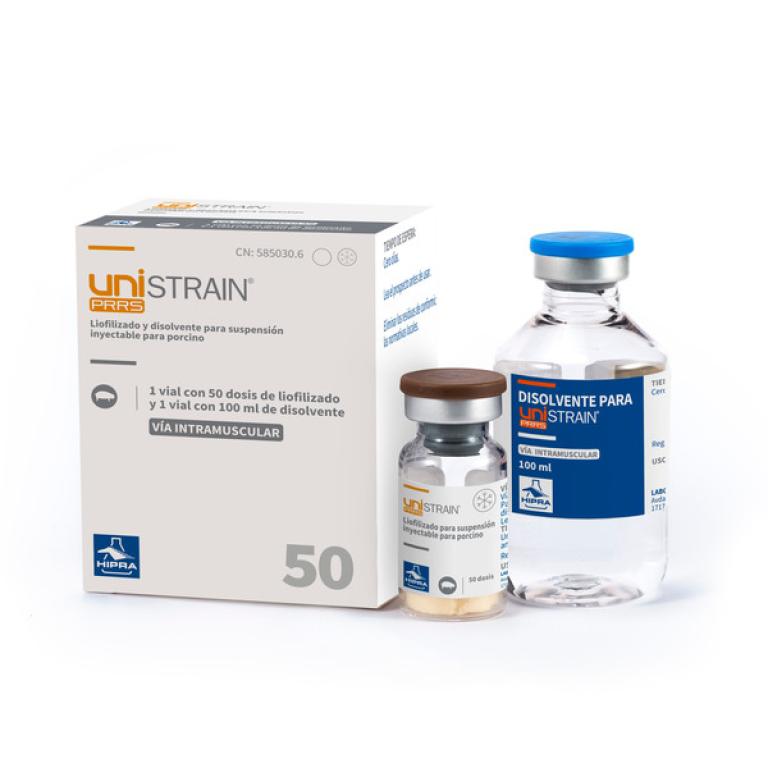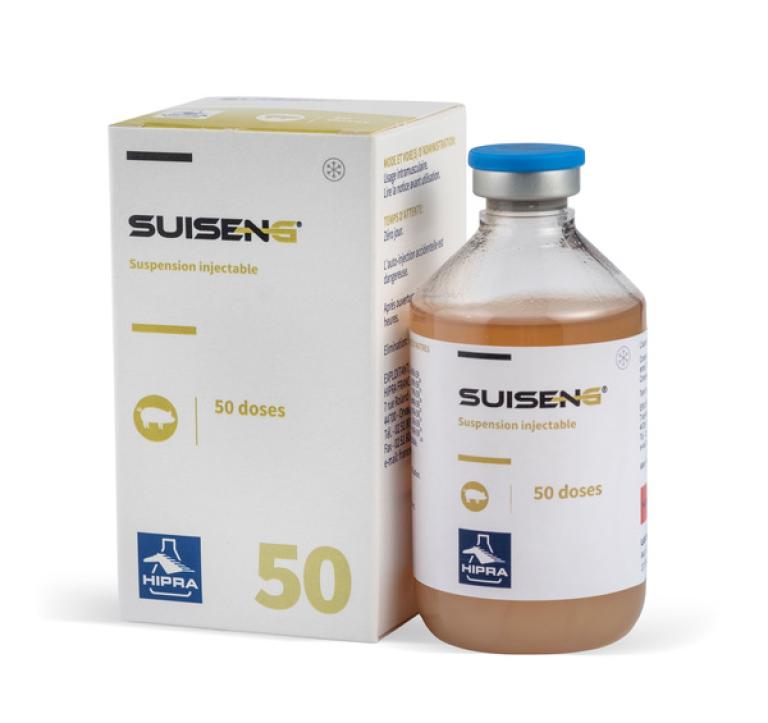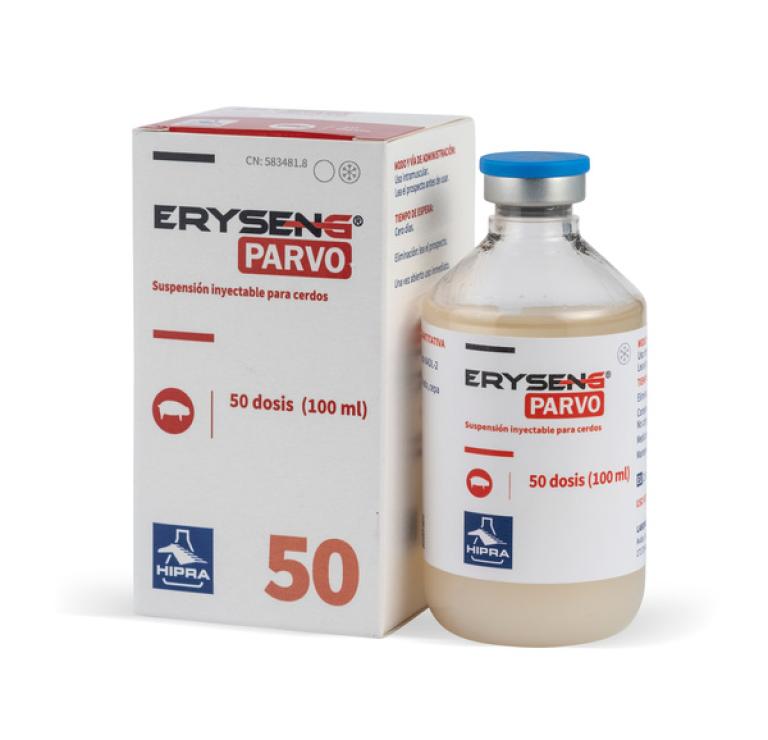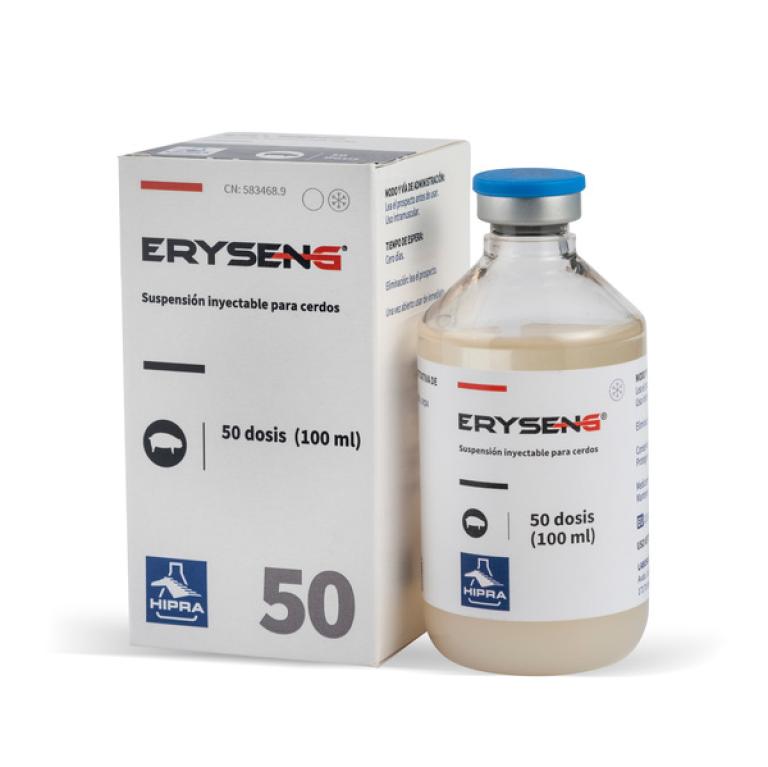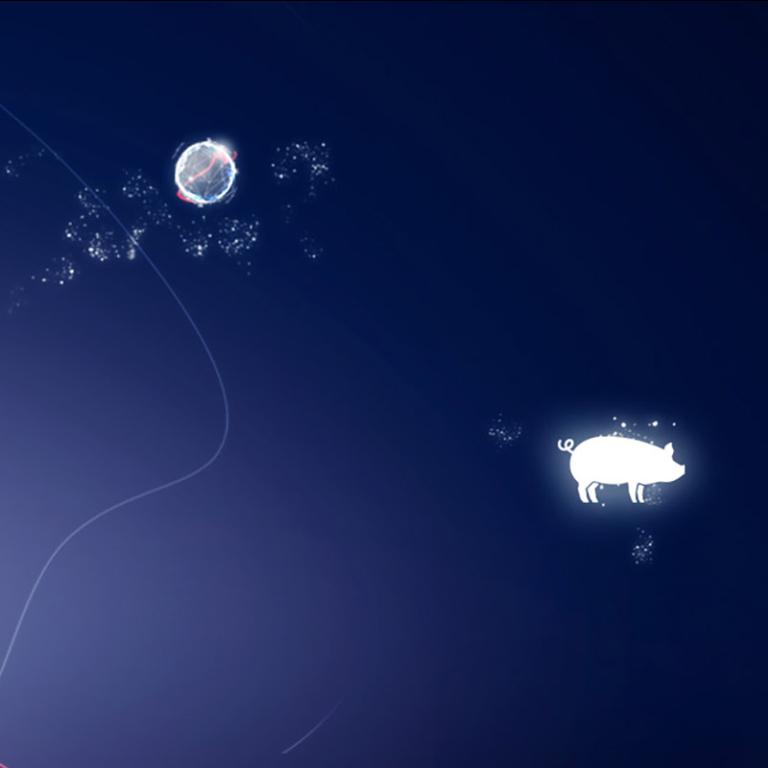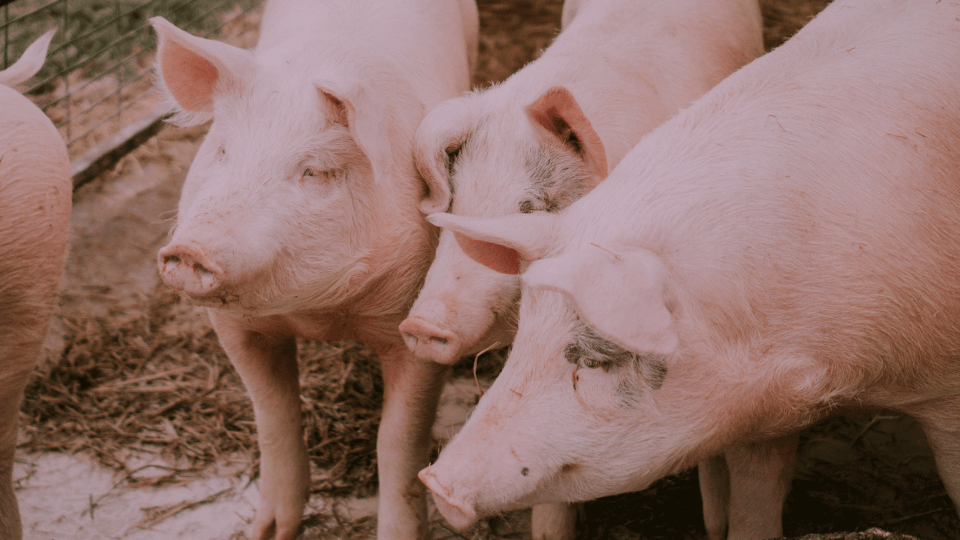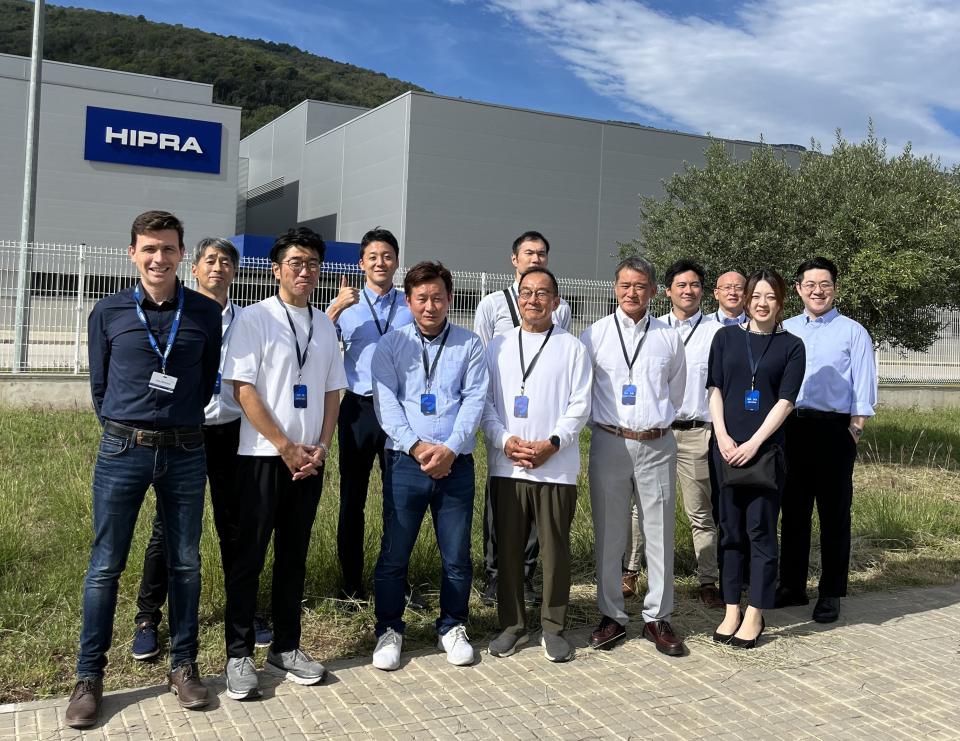Article written by:
Joan Escobet Riu
Confort Porcino, Optimization strategies for comfort and energy efficiency of the facilities, Spain
1. FACILITIES: Environmental control as a sanitary tool
Colibacillosis is a multifactorial origin disease and therefore, for its prevention and control we need to take into account all the Environmental Risk Factors (ERF).
Prophylaxis will be based on keeping the animals in the thermal control zone free of stress, before, during and after farrowing.
Environmental control prior to farrowing
Environmental management until the pregnant sow is brought into the farrowing unit includes washing, hygiene, drying and pre-heating, all of which should take between 32 and 38 hours.
- The absence of humidity is a good “exterminator” of E. Coli, the survival of which in moist environments is more than one week.
- New-born piglets have a lower critical temperature (LCT) of 34ºC, but with a damp floor they experience it as between 24 and 29ºC.
- The humidity of the air should be between 50 and 70%.
- The facility is “dry” when the surface temperature (floor, divisions, walls etc.) is the same as the air temperature.
Environmental control during farrowing and in the first hours
A new-born piglet has a reduced thermoregulatory capacity, is born wet, and when it dries off by evaporation its temperature is reduced even further.
There is a high risk of a negative energy balance, especially in piglets with a birth weight lower than 1 kg.
- When they are born, 78% of the losses are sensible (conduction, radiation and convection).
- The aim is to provide to the piglets a secure, thermal and a dry rest area with no draughts and with ventilation. During the first few hours, a common primary nest microclimate is needed. After this, specific treatment is required for the weak and growth retarded piglets (secondary nest microclimate), to allow them to recover separately and not to affect the remainder of the piglets and the sow.
The effect of combining bedding (shredded paper) and heat (lamp), improves comfort because it reduces sensible heat losses.
- The piglet’s lower critical temperature (34ºC) is higher than the upper critical temperature of the sow (22ºC). This means that during the first few hours of life it is crucial to create a microclimate for piglets and to keep the sow at 20ºC.

Figure 1. Standard design measures (in millimeters) and functional requirements of the farrowing unit, based on comfort and energy requirements
How to adapt two opposing environments in less than 5 m2
The hyperprolific sow has greatly increased the production of heat, so that we need to ventilate in winter and avoid high temperatures (in winter and summer).
In piglets, we have to create a “microclimate” to cope with stressful environmental factors (moisture, temperature, fluctuations in temperature, draughts etc.).
Here we summarize the most critical points identified in the sow and the piglet:

Environmental requirements in the area occupied by the sow and the piglet are here summarized, differentiating the needs of the sow (macroclimate) and the piglets (microclimate).

Microclimate (piglet nest): Monitoring and regulation of heating
The most critical points are the design, sizing and regulation.
The recommendation is to carry out a technical study and to keep the system in good working order (maintenance, monitoring, regulation and observation).

Microclimate (piglet nest): Avoidance of draughts
A regular problem is the displacement of air, which causes an undesirable drop in body temperature in the piglet (convection).
The effective temperature of the piglet is greatly reduced when it receives more than 0,15 m/s.

The factors responsible are:
- Inflow and outflow of air
- The floor
- Tightness
- Thermal insulation and temperature
- Static pressure
- Obstructions
- System of regulation
The aim is to improve the circulation of air and/or to protect the piglets (nests).
Macroclimate and management of ventilation
Maintaining the system in perfect order with a comfortable environment also allows sows and piglets to be kept in a perfect healthy and productive state of wellbeing.
- Cooling starts at 22-23ºC (critical evaporation temperature = panting) to 25-26 ºC (100%), by progression (1-3 ºC).
- Stop the process when external relative humidity is higher than 55% or internal relative humidity is higher than 85% because of the risk of heat stress.
- The alternative is to ventilate with dry air or systems that reduce the temperature without depending on percentage of relative humidity (exchangers).
- Direct the dry air towards the sows (convection), without excess (< 2 m/s) but do not reduce the effective temperature by much. Use nests to protect the piglets.

